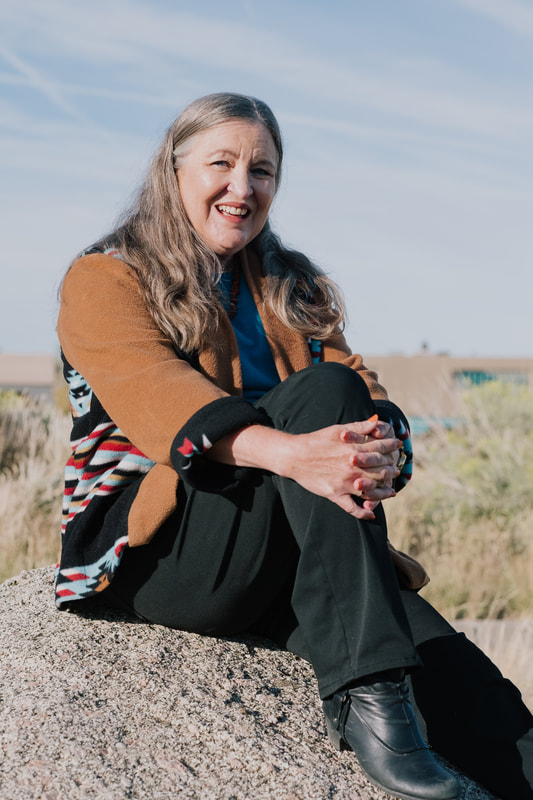|
If you read the papers or listen to the news, but becomes clear that the world is doomed. We are destroying our air. The seas are rising. The ice caps are melting. We are doomed. This isn't the first time we've teetered on the edge of total destruction. There's a reason our folklore, our myths, and our movies are filled with apocalyptical stories. In Atlas of a Lost World, writer Craig Childs tells of another time the world as we knew it was ending. It happened a long time ago. Before we could shoot a movie about it, or write a book.. There aren't even clay tablets telling about how the world was changing in catastrophic ways. The records are written, not by man, but by nature, in the rocks that geologists and anthropologists study. The time I'm talking about was at the end of the last Ice Age. Like today, temperatures were rising. Ice caps were melting. Places that had been habitable, like the Doggerland, north of Britain, half of Florida, and the Beringia, the 500 mile land bridge that linked Alaska to Siberia, were sinking under the rising seas. And that wasn't the worst of it. About 13,000 years ago, a glacier dam in Montana broke. The deluge it released took out half of Washington State, and some of Oregon and Idaho. Everything but the highest buttes and mountains were flooded and large portions of the landscape were washed away. Points and projectiles buried in the piles of debris left from this debacle indicate that people might have been there to watch the devastation. Those who survived would have been standing on tall buttes as the water thundered by. They might have felt like Noah standing on the bridge of the ark - like the entire world was being erased by water. After it was over, they would have climbed down into a world of mud and chaos to begin their lives anew. At about the same time, volcanos in central Mexico were going through a series of eruptions. They filled the air with smoke and cinders, darkening the sky and making breathing difficult. Scientists have found mammoth bones entombed in the igneous ash, the flesh cooked away in the intense heat.. They've also found human artifacts that show that people were there to witness this hellish environment. Although not all scientists agree, a comet might have exploded high up in the atmosphere over North America at about the same time. No impact site has been found, but archaeologists and geologists have detected a layer of soil that dates from about this period containing pellets of silica that might be the remnants of this explosion. The sonic boom as this explosion produced must have sounded like the trumpet to end all time, the rain of molten silica terrifying and, for some, deadly. The worst catastrophe of the time might actually have been recorded. A carved stone pillar in Gobekli, Turkey seems to record the core collapse of a super nova. about 12,830 years before the present. Such an event would have pelted the earth with doses of UV that would have been deadly to marine life and plants. The sudden brightening, then disappearance of a star would have been disturbing, even if the consequences were not understood by the ancient peoples who witnessed and recorded the event. Add these events to the thousands of years of epic flooding and rise of sea level brought on by the end of the Ice Age, and it is clear that those who lived at this time might have thought that their world was ending. For the megafauna who lived then - the mammoths and giant ground sloth to name a few, it really was the end.
0 Comments
|
Don't see what you're looking for?
I am in the process of moving all my blog entries to a different blog site. Eventually, this page will go away. If you're looking for something and it's not here, try my new site, or email me and suggest I write a blog on the topic you are interested in. 
ABout Jennifer BohnhoffI am a former middle school teacher who loves travel and history, so it should come as no surprise that many of my books are middle grade historical novels set in beautiful or interesting places. But not all of them. I hope there's one title here that will speak to you personally and deeply. Categories
All
Archives
March 2025
|
|
|
